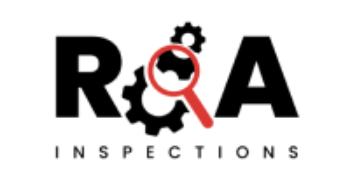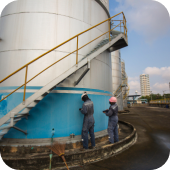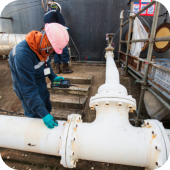

R&A Inspections (PTY)ltd
A non-destructive testing company operating out of Johannesburg, South Africa.
Overview
R&A INSPECTIONS is an independent Non-Destructive Testing company which has expert knowledge and experience in providing their clients with inspections that not only save time and money but also take quality to its highest standard.
With over 10 years of experience in the NDT field and the backing of a company that has been servicing Africa’s railway industry for over 65 years, you can trust that we will provide the best quality inspections without compromising the integrity of the components.
Products
Services
Ads












